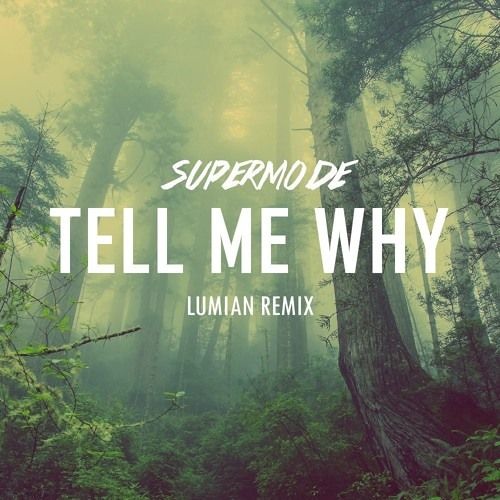


Mixing means "that the waters are irreversibly transformed," de Lavergne said. Ocean researchers differentiate between mixing and exchanging water. (Image credit: PeterHermesFurian via Getty Images) The turbulent Drake Passage between South America and Antarctica helps mix the Pacific and Atlantic oceans. In the middle layer, away from both the surface and the seafloor, the waters mix more slowly because there is less turbulence. The ocean is "like a cake with different layers," Ramírez explained, "but the layers are water." These layers, which have different properties based on where the water came from, are called clines. "That causes a lot of turbulence," he told Live Science.īut waters from different sources can also move around the ocean without mixing much at all. Daily tides drag water back and forth across the bumpy seafloor, said Casimir de Lavergne, a researcher at Sorbonne University and the French National Center for Scientific Research (CNRS). In the open ocean between South America and Antarctica, the boundary between the Pacific and the Atlantic is famously choppy the Drake Passage is known for waves that can reach 60 feet (18 meters) tall. But it "stays separated just for a while," Ramírez said, and then, storms and waves blur the line. That water, which flows from the Pacific, is different because the Pacific gets more rain, so it's less salty. On their graphs, "You can see a blue tongue of water in the Atlantic," he said. Where that strait empties in the Atlantic, Ramírez told Live Science, there is a line that is less visible to the eye, but that oceanographers can spot with measurements. The Strait of Magellan is another popular route through. In the Beagle Channel, water from melting glaciers creates lines between freshwater and saltwater that look a bit like the lines in the YouTube videos.

Between those islands, the water is relatively slow, and the Strait of Magellan is one popular route through. The two oceans meet near the southern tip of South America, where the continent crumbles into a constellation of small islands. The Pacific and the Atlantic mix faster in some places than in others. Related: Where did ocean currents come from?


 0 kommentar(er)
0 kommentar(er)
